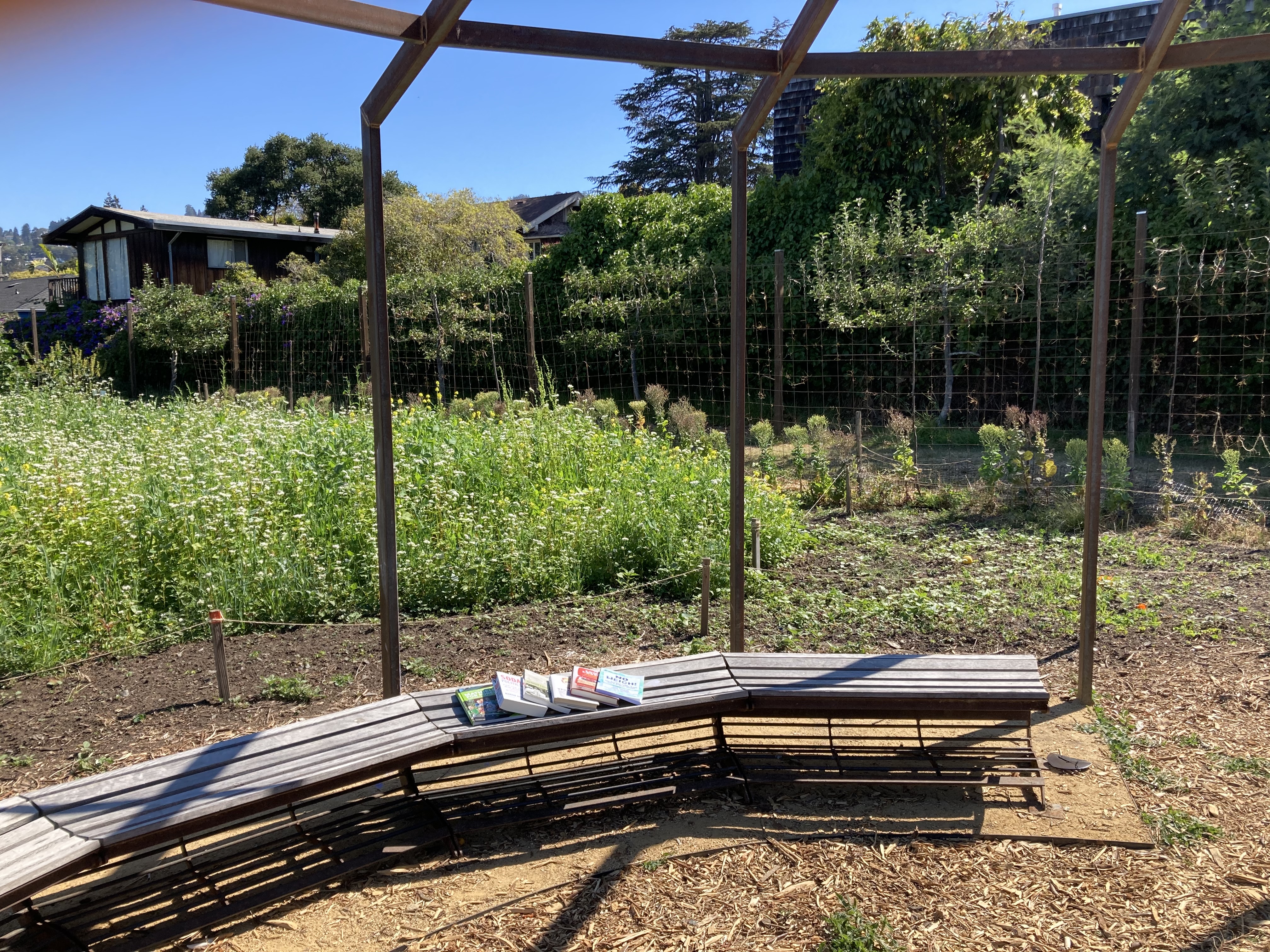
Making Sense of What We Read
Place of Learning:
Summary:
In this lesson, students will use a text analysis practice to reflect on what makes a text “trustworthy”. The practice prompts students to think about their experiences and identities in relationship to the text's creator, and to question the biases they may hold.
Download Lesson Materials
Teaching Notes:
- The lesson does not explicitly cover all the vocabulary below, but these are all useful terms for media literacy that you might want to review as a class.
- For the “DO” section on page 2, we suggest using post-it notes to generate a list of sources on the board. Include traditionally “academic” sources, such as textbooks, articles, and documentaries, as well as other common sources of information, such as Tik Tok, blog posts, and podcasts.
- In a synchronous setting, the “READ” section could be spoken out loud by a teacher.
- Consider recording yourself reading the excerpt out loud and sending it to students. This adaptation offers a helpful differentiation strategy that supports all students, especially English Language Learners.
- For the “REFLECT” section, consider having a class discussion, letting students reflect on questions in small groups, or asking students to answer questions individually using something to write with.
- There are a lot of great resources available on media literacy. Check out the “References” section of this document for suggested articles, websites, and curriculum.
- This lesson asks students to analyze articles. We provide recommendations on articles that are from reputable sources. You could also find articles to analyze from less reliable sources to showcase the difference between types of sources.
- This lesson is from the Edible Schoolyard Project’s Understanding Organic curriculum and is part of the preparatory lessons of the curriculum.




